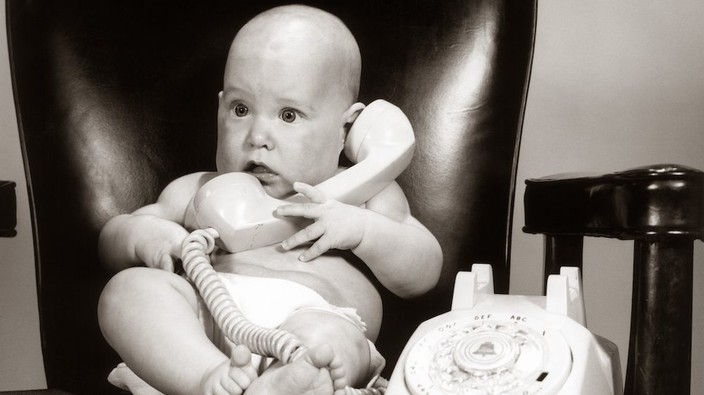the language you speak may impact covid spread
japanese, with less 'aspirated' consonants, expels less droplets than speaking english.
circumcised babies may have trouble bonding
conflicting information about the potential health benefits of circumcision has long stirred heated debates.
frontotemporal dementia replaces bruce willis' aphasia diagnosis
last march, the 67-year-old actor announced that he was taking a step back from acting because of aphasia, a devastating communications disorder.
 2 minute read
2 minute read









